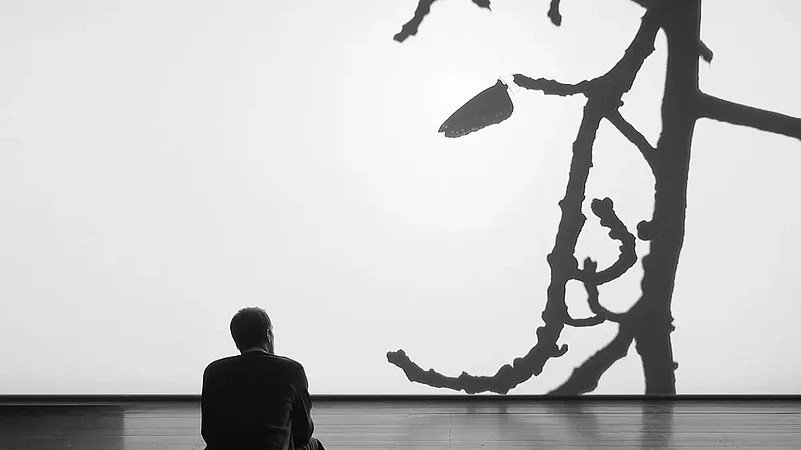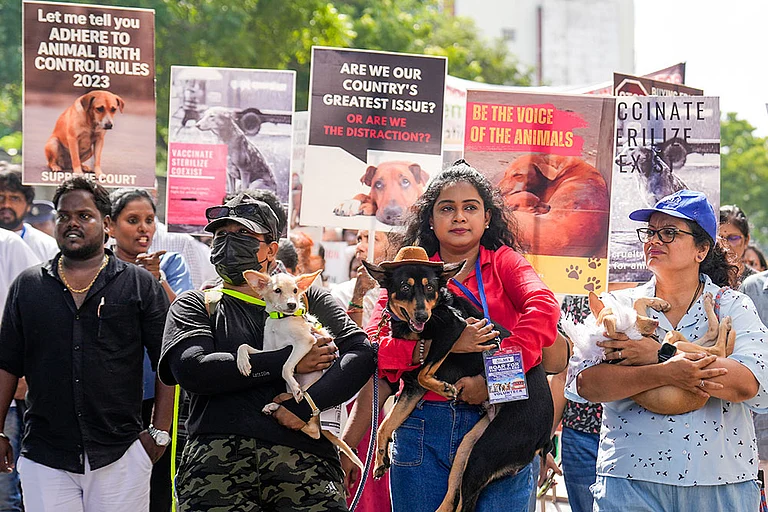In an AI-controlled, digitally manipulated and market-choreographed landscape of ideas, desires and feelings, who have I become now ? Do I think what I think or perhaps it’s not me anymore? How to understand my inner self and its relationship with the outside world? How to understand the day’s events, the news of the city, the region or of nations? How to relate to the multiple disappearances of people, communities, languages, natural systems, ways of living and being?
Could the poet’s mind and words help us come together and find other ways of thinking, relocating senses that have become attenuated in order to comprehend again? Could we subvert the mind game and re-imagine the news? What if we could imagine the morning newspaper written and conceived by poets rather than corporations, governments, political parties and ideological projects?
For the January 2024 special issue, I offered three sets of propositions to Outlook’s team of researchers and reporters. This issue consists of selections of poetry that respond to these propositions.
First
Imagine the simultaneous viewing of multiple time. Of obvious time, hyper time, orphaned time. Time that unexpectedly shoots off from beneath your feet and races away. Time parallel and co-existing in two geographical memories. One sinking roots, the other a smoke-wisp attached to and forever trailing a body.
Imagine time that is filled with as many silences as with words. Imagine the slow gathering together of time. Moment by moment. Evidence by evidence.
Imagine the formal presentation of poetry as evidence in a future war crimes tribunal.
Second
Imagine the morning newspaper, headlines in couplets, black and white but in verse. Imagine that constellation of words. Truth as told by the stars and birds. Translated by bread and transcribed by daughters.
Imagine the clash of silences, the sting and honey of the bee and the lamenting obituary. Imagine night as day and day as night, the moon as witness and the sun a doctor. Nurses as editors, poets as reporters and the village balladeer the week’s ombudsman. Imagine traitors as lovers, outlaws as fathers and renegades as poets.
Imagine talking curtains and storyteller tiffin boxes. Imagine columns becoming cups and rows becoming dogs. Mountain dogs, river dogs, factory dogs, gutter dogs, tree dogs, and kitchen sink dogs. Imagine the colour of that grey.
Imagine the formal presentation of poetry as news of the day.
Third
Understanding how change takes place allows us to foresee, assess and even predict. Can poetry help us understand the passage of time? And if that were possible, even for one unique moment, could we then catch a glimpse of the future?
Amar Kanwar is a poet, artist, filmmaker, photographer, writer, chronicler and activist.
(All the poems in this issue are ranked with a serial number and follow a specific narrative.)





















